Bowling How To's & Buyers Guides, Bowling Tips & Coaching Articles, Entry Level Bowling Tips, Surface & Layouts
Fingertip vs. Conventional Grip in Bowling

Finger Tip vs. Conventional Grip in Bowling
Bowling is a sport that combines technique, precision, and skill. One of the most critical aspects of improving your game involves understanding the different types of grips used to hold the bowling ball. Two primary grips favored by bowlers are the fingertip grip and the conventional grip. Each grip offers unique advantages and caters to different levels of player experience and comfort. In this blog, we will look into the differences between the fingertip grip and the conventional grip, helping you decide which may be best for your game.
The Conventional Grip
The conventional grip is often recommended for beginners due to its ease of use and greater control over the ball. Here’s how it works:
How to Use the Conventional Grip
- Finger Placement: Insert your middle and ring fingers into the finger holes up to the second knuckle.
- Thumb Placement: Insert your thumb fully into the thumb hole.
Benefits of the Conventional Grip
- Control and Accuracy: The conventional grip allows for more ball control and precision, making it easier to aim for the pins.
- Stability: The deeper insertion of the fingers provides a firmer hold on the ball, reducing the chances of dropping it inadvertently.
- Comfort: This grip tends to be more comfortable for those new to bowling, as it places less strain on the wrist and fingers.
Drawbacks of the Conventional Grip
- Limited Hook Potential: The conventional grip can limit the amount of hook or spin you can put on the ball, which might restrict advanced play styles.
- Power: It often generates less power compared to the fingertip grip, as the release tends to be smoother and less aggressive.
The Fingertip Grip
The fingertip grip is favored by more experienced bowlers who seek to add complexity to their game through greater hook potential and power. Here’s how it works:
How to Use the Fingertip Grip
- Finger Placement: Insert the tips of your middle and ring fingers into the finger holes up to the first knuckle.
- Thumb Placement: Insert your thumb fully into the thumb hole, similar to the conventional grip.
Benefits of the Fingertip Grip
- Increased Hook Potential: The fingertip grip allows for a greater hook on the ball, making it easier to achieve strikes by hitting the pins from an angle.
- Powerful Throws: This grip can generate more power and speed, as the release tends to be more forceful.
- Advanced Techniques: The added complexity of this grip opens up more advanced techniques and styles of play.
Drawbacks of the Fingertip Grip
- Strain: This grip can place more strain on the wrist and fingers, increasing the risk of injury if not done correctly.
- Learning Curve: It requires more practice and skill to master, making it less suitable for beginners.
Choosing the Right Grip
The choice between the fingertip and conventional grip largely depends on your skill level, comfort, and specific bowling goals. Beginners may find the conventional grip easier to manage, offering better control and comfort as they learn the basics of the game. On the other hand, seasoned bowlers looking to enhance their technique and add more flair to their throws may benefit from the fingertip grip’s increased hook potential and power.
Tips for Transitioning
- Practice: Spend time practicing each grip to see which feels more natural and effective for you.
- Coaching: Consider seeking advice from a bowling coach to help you transition smoothly and avoid bad habits.
- Equipment: Ensure that your bowling ball is properly drilled for the type of grip you are using. A professional at a pro shop can assist with this.
Conclusion
Both the fingertip and conventional grips have their own set of advantages and challenges. Understanding these differences and experimenting with both can help you determine which grip best suits your style and enhances your performance on the lanes. Whether you prioritize control and comfort or power and advanced techniques, mastering the right grip can significantly improve your bowling game.
What grip do you prefer when bowling, and how has it impacted your performance? Let us know in the comments!


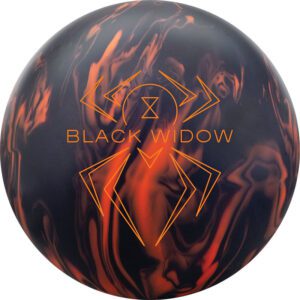










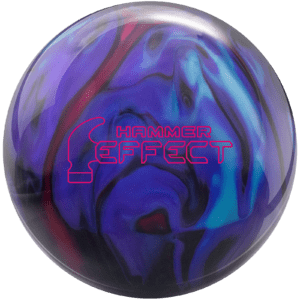






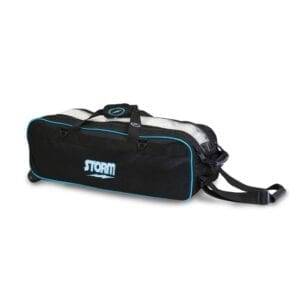
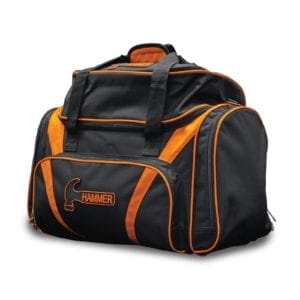

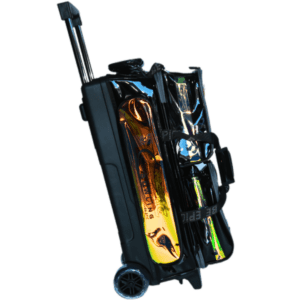














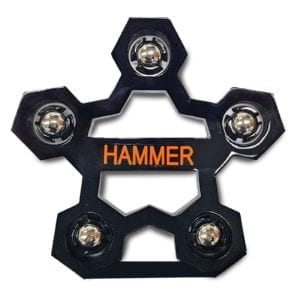


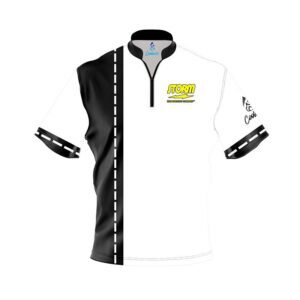




































Fingertip grip gives me a better/stronger lift through the bowling ball enabling you to get better rotation and drive throufg the ball
Fingertip grip gives me a better/stronger lift through the bowling ball enabling you to get better rotation and drive throufg the ball
Having had my tendon replaced twice in my right ring finger, when I returned to bowling after a 9 year break I had to go to conventional drilling. While I’ve definitely noticed a power drop, my average has returned to the level it was at when I stopped bowling which was 227.